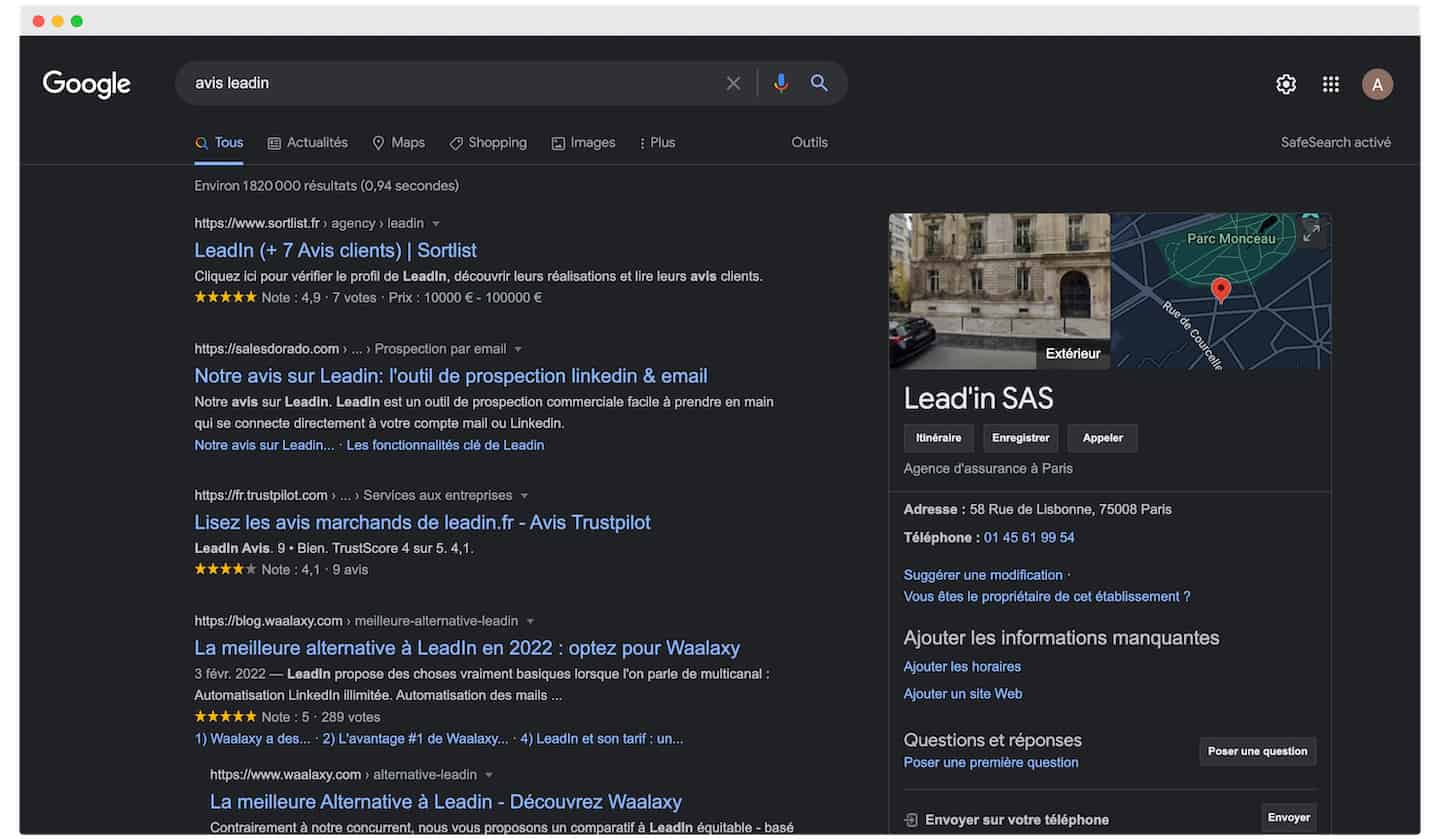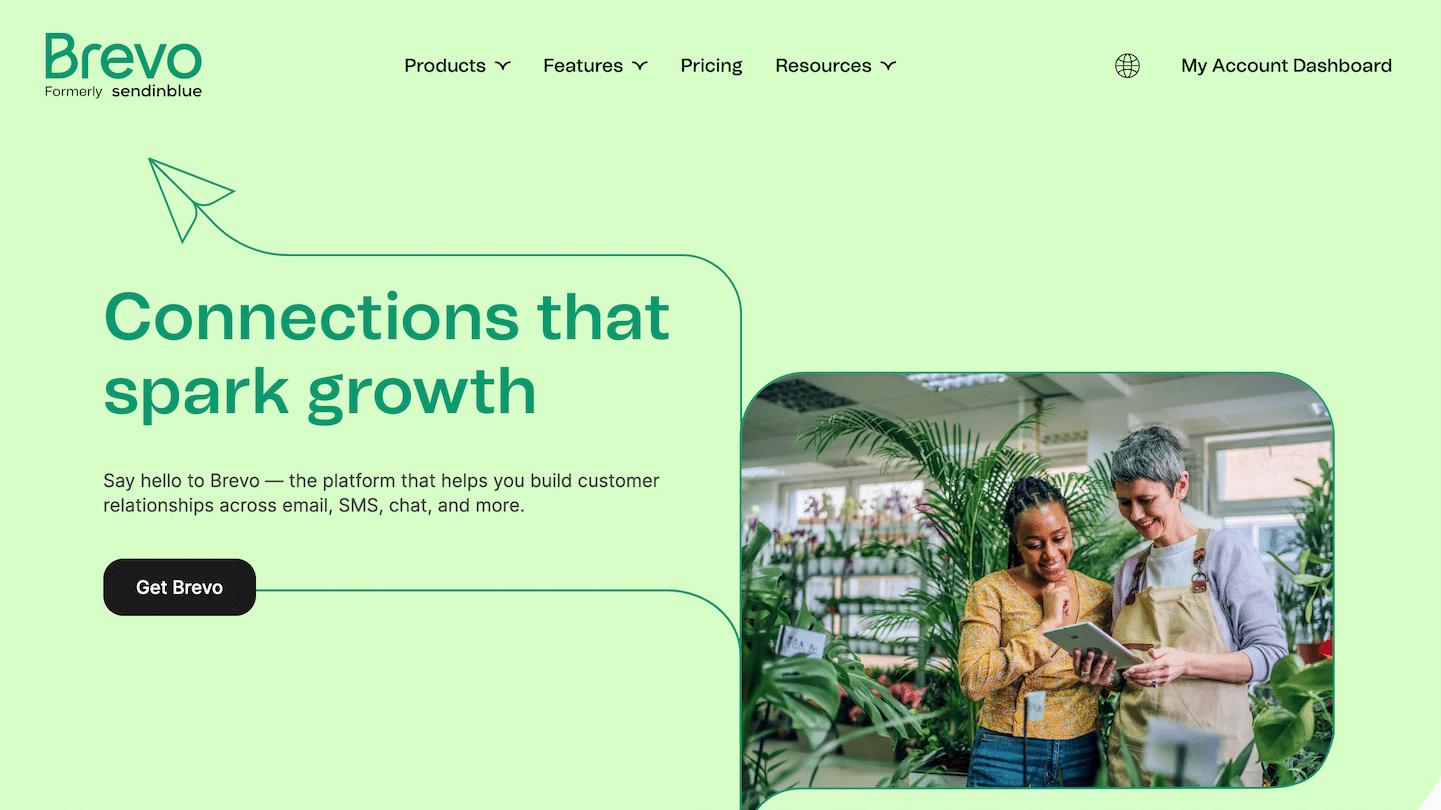You already know it: today, nobody makes a purchase without first checking online reviews.
For businesses, this creates several challenges: strengthening your brand image, leveraging customer feedback, generating new leads, converting hesitant buyers… and the list goes on.
There are many questions to consider: Who should you ask for reviews? When should you ask? Which channel is the most effective for collecting reviews?
But choosing the right platform is one of the most crucial steps.
Not all platforms are created equal, and they don’t cater to the same type of business. Choosing the right one can significantly impact how many reviews you receive—and even improve your overall satisfaction rate.
In this article, we’re sharing our top 10 best B2B customer review platforms for 2022!
Before we dive inIt’s great to establish a presence on review platforms, but before you rush to list your business on every available site, make sure you’re managing your reviews effectively.
A solution like Reviewflowz notifies you whenever you get a review, so you can respond appropriately instead of using a generic reply that could make things worse.
We highly recommend giving this careful consideration before expanding your presence on multiple platforms.
Sommaire
Our top 10 B2B customer review platforms
| Solution | Best for | Pricing |
|---|---|---|
| Net Reviews (Verified Reviews)
|
Google-certified, perfect for getting seller ratings at a low cost | Starting at €59 per month |
| Capterra
|
A must for B2B software—our top pick | Free and PPC |
| Google My Business
|
Perfect for SEO, especially for local businesses | Free |
| SourceForge
|
The largest B2B Software directory by traffic | Free and flat-fee subscriptions |
| G2
|
An alternative to Capterra, but pricier with less traffic potential | Free or very expensive |
| WordPress
|
The leading CMS by far, with many marketplace opportunities | Free |
| Hubspot
|
A rich marketplace with good potential | Free |
| Salesforce Appexchange
|
The leading CRM with a large audience and lots of traffic | Free |
Shopify
 |
The Shopify marketplace is very dynamic | Free and PPC |
| Sortlist
|
An interesting marketplace for agencies | Free, or starting at €300 per month |
| Trustradius
|
High-quality customer reviews but much lower volume | On request |
| Trustpilot
|
Another Adwords-certified but open platform | Free or starting at €119 per month |
| Glassdoor
|
The platform for employee reviews about their company | Free or on request |
1. Verified Reviews (Net Reviews)
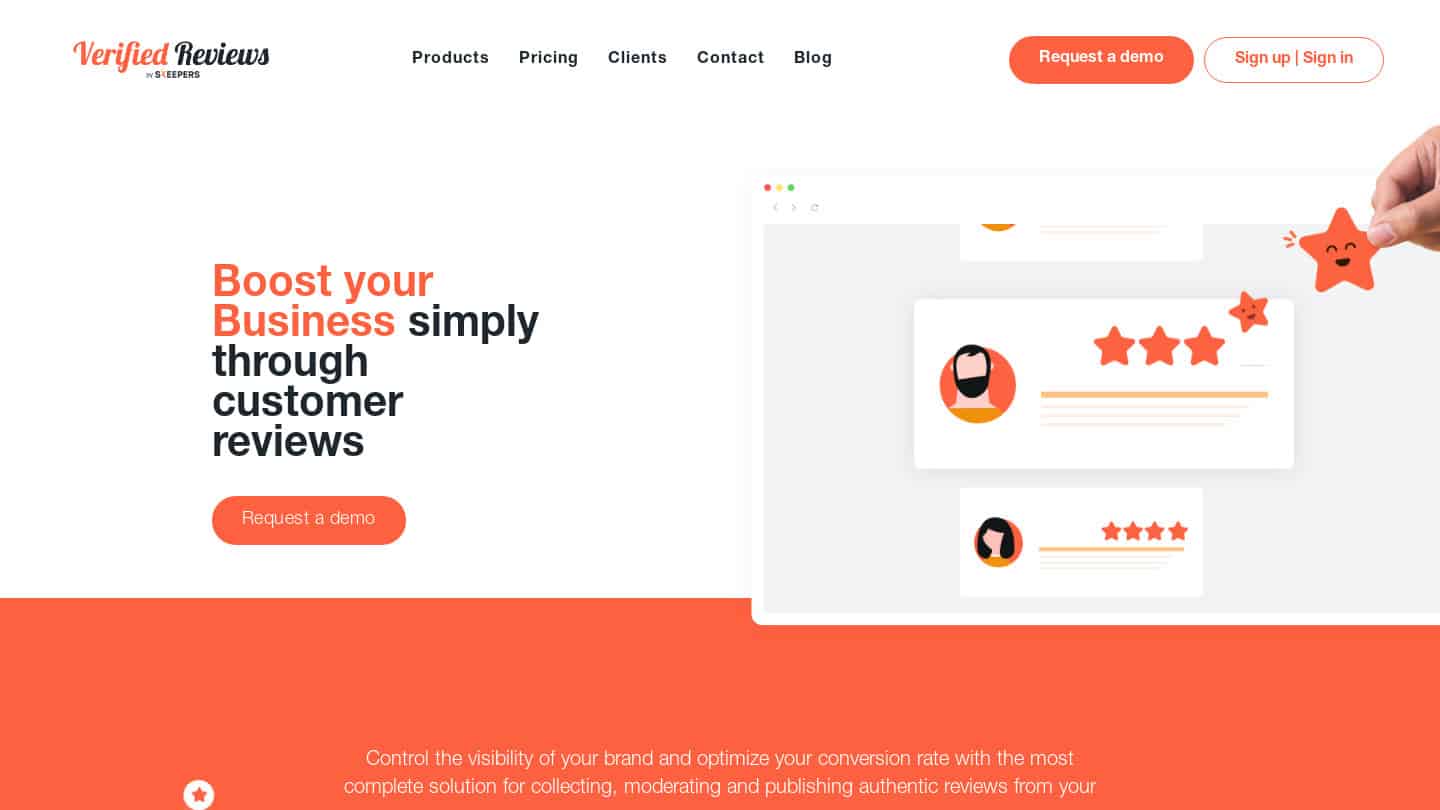
This is a must-have if you’re aiming to earn seller ratings on Google Ads and Bing Ads.
The platform is certified by Google in several countries across Europe, Latin America, as well as the UK, USA, Australia, and New Zealand—in other words, all the key AdWords markets for SaaS companies.
For e-commerce retailers, it offers product-specific reviews, with seamless integration into Google Shopping.
Since this is a closed platform, reviews are guaranteed to come from verified buyers, which generally leads to higher satisfaction rates compared to open platforms where dissatisfied customers often leave the fastest reviews (e.g., Google My Business, Trustpilot).
Pricing starts at $59/month per company.
Try Verified ReviewsThey offer a free demo to test the platform’s features.
2. Capterra

Capterra is essential for any software publisher.
It’s the go-to platform for B2B software reviews. It’s free to list your business, and anyone can leave you a review.
Salesdorado’s insightPlus: They even offer gift cards to your customers if you encourage them to leave a review!
Having a solid number of positive reviews is the key to ranking in the top 20 in most categories (except in very competitive fields). Beyond that, you’ll usually see paid listings at the top.
Capterra’s ranking system is pay-to-play: top-ranking listings are based on a bidding system similar to Google and Bing Ads. The more you bid, the higher you rank, and the more traffic you receive.
However, customer reviews can influence how much you need to bid—similar to how Google’s “Quality Score” works for ads.
In practice, beyond a certain number of reviews, additional reviews have more impact on other platforms. On Capterra, keeping a steady flow of 1-2 new reviews per month is often enough to stay competitive and manage any negative feedback.
Since Capterra is owned by Gartner, your reviews will also appear on their other platforms like Software Advice and GetApp, so you don’t need to spread your reviews across all three unless they impact your Google results.
Buyer intent trend
In the last few years, Capterra introduced “Buyer Intent,” which is similar to G2’s lead generation system. They provide a list of companies that have visited your category’s page on Capterra. It’s a pricey service and only really useful for large companies that can handle high acquisition costs.
In reality, these leads are often too cold to be valuable. They’re based on reverse IP lookup, meaning you only get the company name and not individual contacts.
Since COVID-19 and the rise of remote work, this has become even less useful, as employees working from home use personal IP addresses that can’t be traced to their companies.
Try CapterraThe platform is 100% free to use.
3. Google My Business
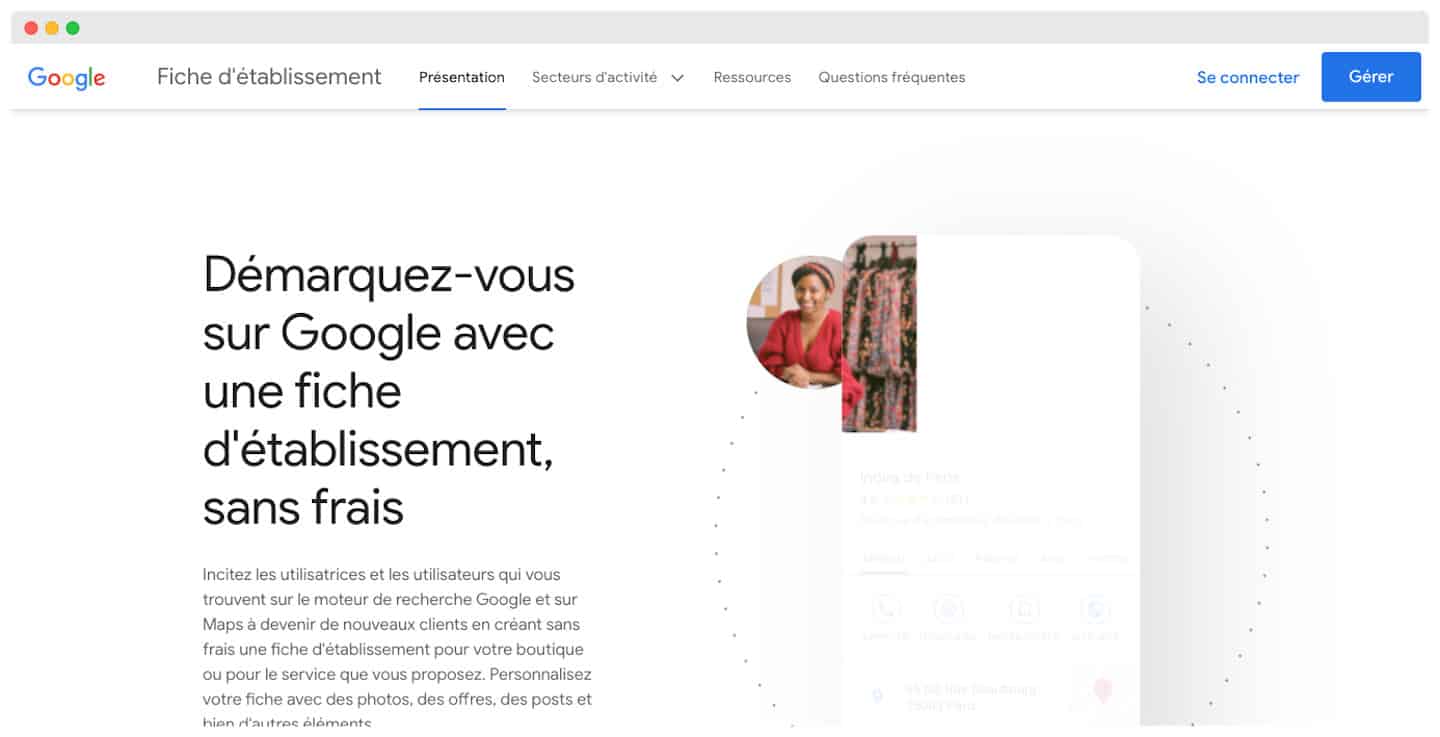
If you run a local business, using Google Business to drive more leads and boost your local SEO is a no-brainer.
In local SEO, “citations” work like backlinks in traditional SEO. Citations refer to mentions of your business, including details like your phone number, address, etc., in public directories that are indexed by Google.
Creating a Google My Business profile is free, and customer reviews alone can dramatically increase your visibility in local search results.
Even if local SEO isn’t your focus, reviews on Google My Business can still enhance your brand’s presence through the knowledge panel.
Salesdorado tipWithout giving away all our secrets, reviews on Google My Business are highly visible in the knowledge panel and can significantly impact your brand’s image.

Go furtherCheck out our article on how to use Google Business to generate more leads.
Try Google My BusinessIt’s free to create a business profile.
4. SourceForge
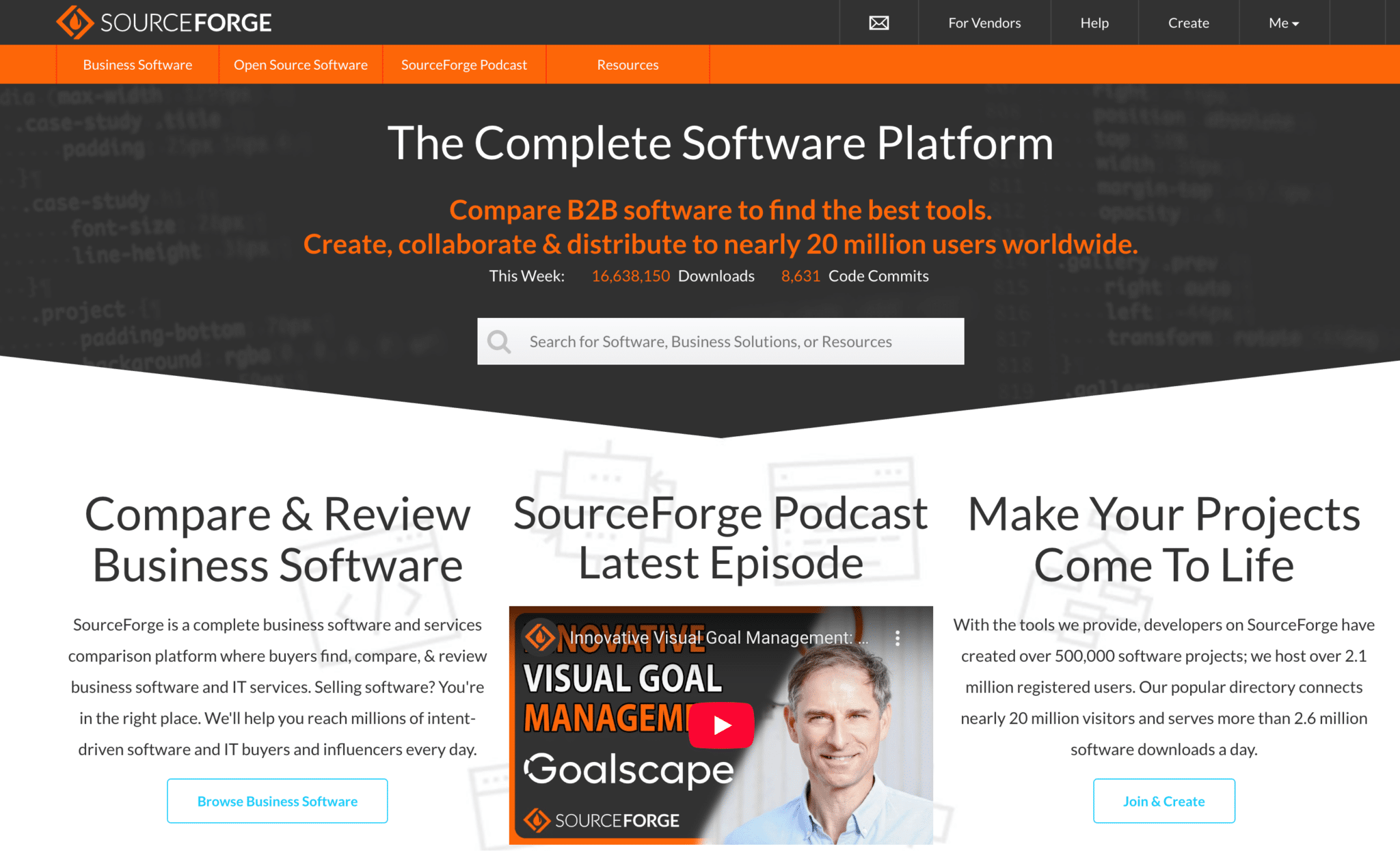
SourceForge is the largest B2B review site by traffic with nearly 20M visitors per month (Similarweb) and over 100 000 software products spread across 4000 categories.
You can buy visibility on SourceForge through flat fee subscriptions, and they also offer buyer intent data.
Try SourceForge Reviews
5. G2
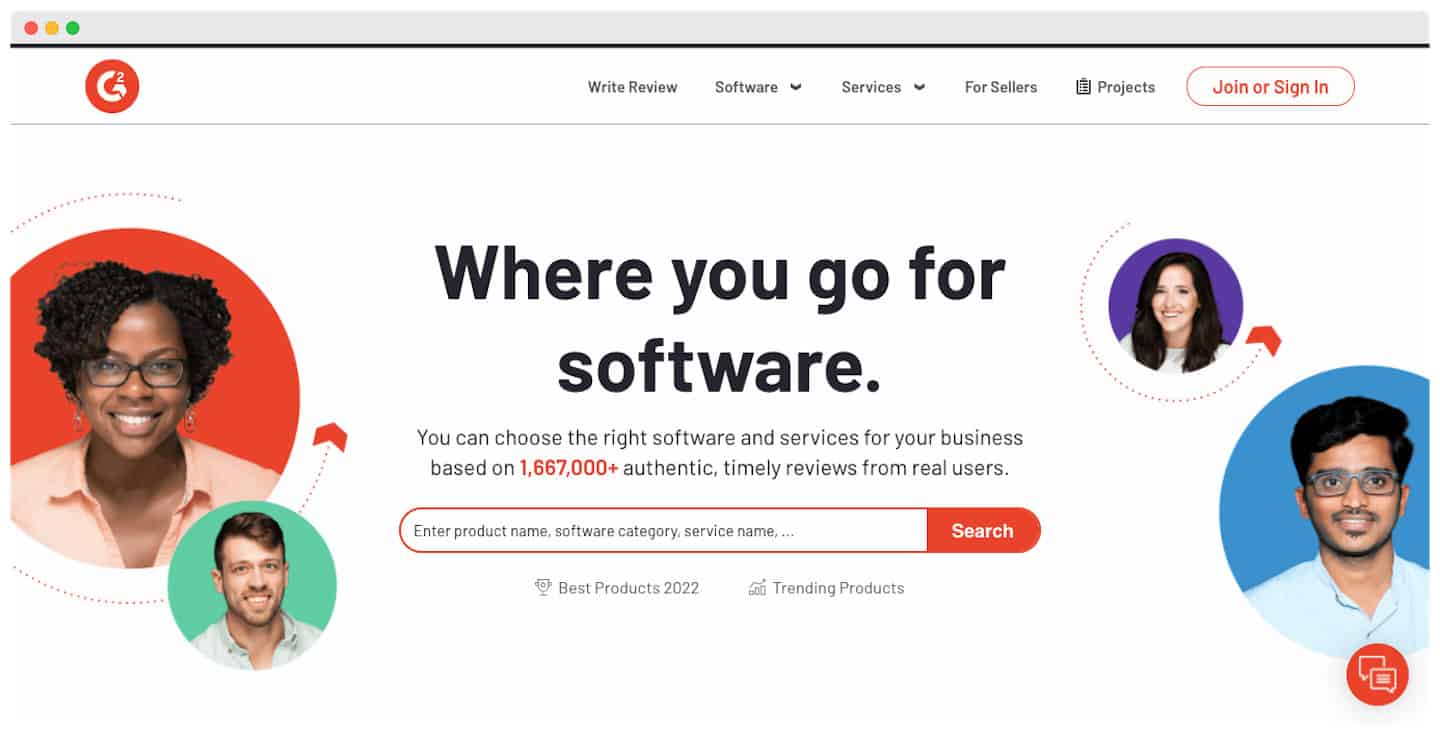
G2 is somewhat like Capterra, but with a better user experience—although it has 10 times less traffic (and that’s being generous).
It’s essentially a mini version of Capterra, but even more expensive.
Just like Capterra, you can get a free listing and game the rankings pretty easily. For instance, the number of Twitter followers is factored into the ranking, which can be easily inflated using bots.
While we won’t go into too much detail here, know that if you’re persistent during a few calls with their team, you’ll gain insights into their algorithm and discover easy ways to quickly climb the rankings.
But the real key to success on G2 is customer reviews, especially recent ones. They place a lot of weight on this factor, so it’s crucial to maintain a steady flow of positive reviews rather than collecting them in bulk periodically.
Unlike Capterra, you can’t buy clicks on G2. The only option is to pay for a (very expensive) subscription that allows you to add a button to your profile, linking to a form hosted on G2 instead of your website.
Salesdorado’s opinionWe rank G2 fifth because, despite the high cost, they’ve done significant work to attract major SaaS and B2B companies. But frankly, it’s hard to see how they still have customers at these prices.
Try G2You can request a free demo.
6. B2B marketplaces
WordPress, Shopify, Sortlist, HubSpot, Salesforce, the Chrome extension marketplace, and many more.
All these platforms have built powerful algorithms to rank solutions based on customer reviews—focusing on factors like the number of reviews, their recency, and the average rating.
This creates a highly effective funnel for driving traffic with strong purchase intent, whether for software or agencies.
Try Shopify & HubSpotThese are among the top B2B platforms to consider.
7. Trustradius
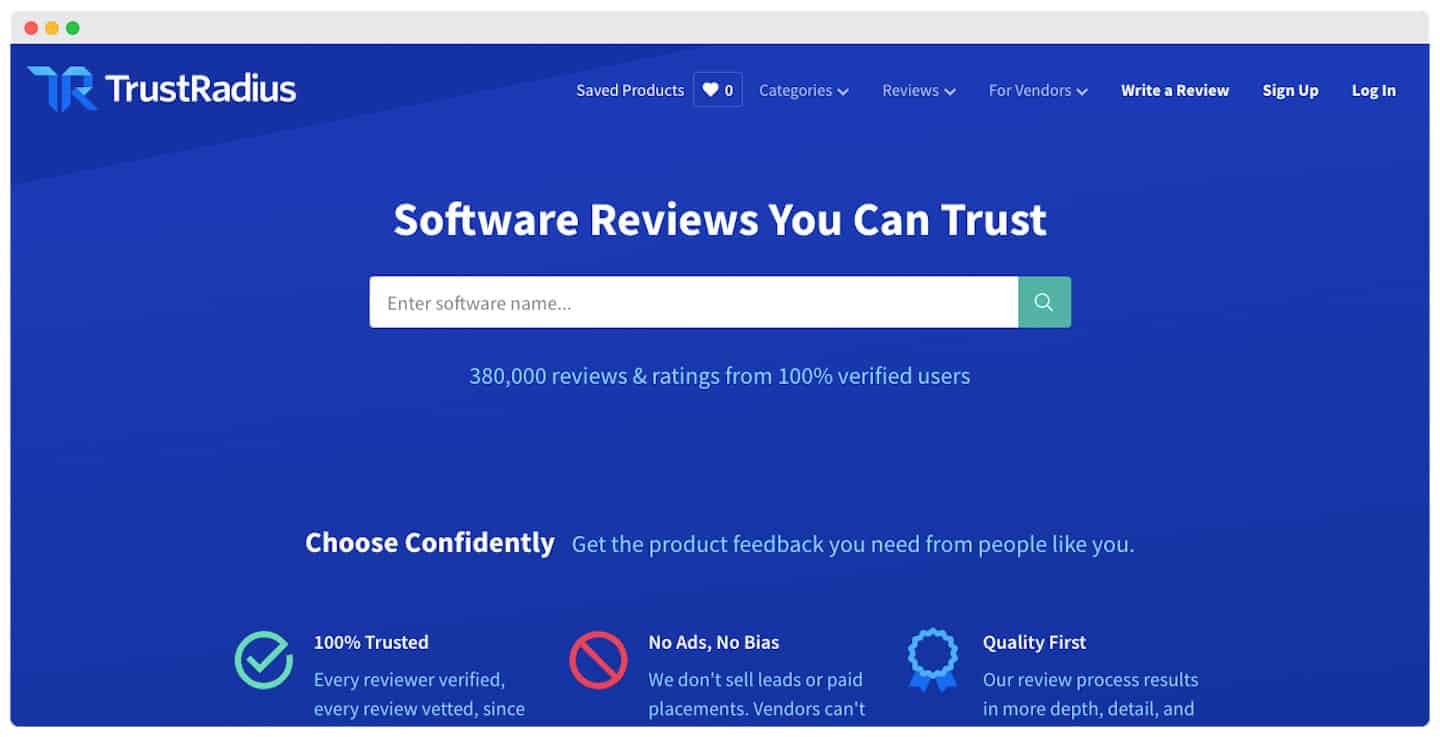
Trustradius is similar to G2 but operates on a smaller scale as an online review site for software companies.
One unique feature is that users must authenticate through LinkedIn, although they have the option to leave reviews anonymously.
The main advantage is that users can see what their LinkedIn connections are saying about specific software on Trustradius, adding a layer of trust to the reviews.
Salesdorado’s reviewA great feature: You can either view company reviews individually or compare two side by side to see ratings, screenshots, and customer comments for both.
In addition to being a review platform, Trustradius offers category-specific buying guides. These guides include business intelligence software, HR tools, social media management, A/B testing tools, and more.
This is a valuable resource for users looking to make an informed decision based on detailed reviews and ratings.
Here are some benefits of using Trustradius:
- Over 300,000 customer reviews are available on the platform.
- The platform doesn’t sell leads or advertising placements, so reviews remain unbiased, and companies can’t skew the results.
- Reviews are highly detailed, with an average length of 400 words per review.
- Each review is checked for quality, depth, and accuracy by the Trustradius team.
Try TrustradiusRequest a free demo!
8. Trustpilot
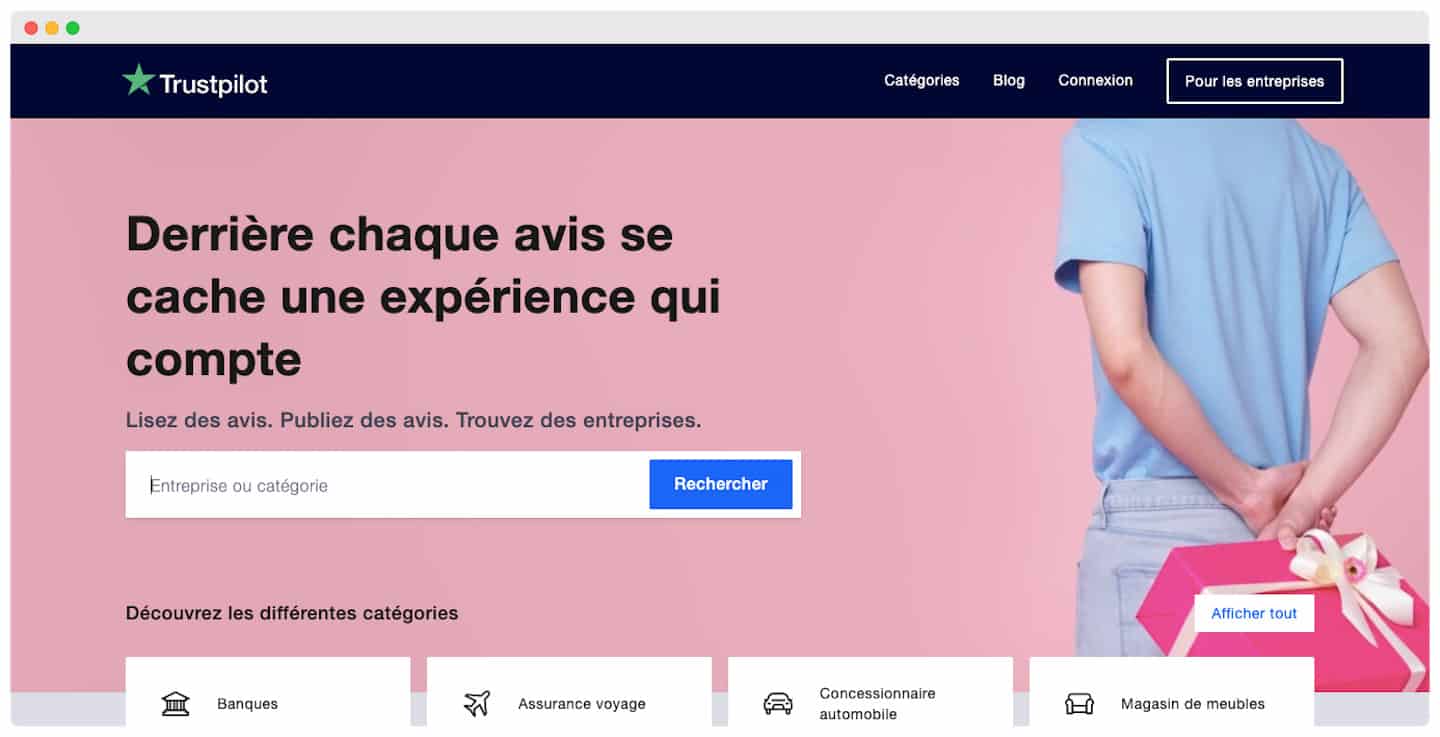
Trustpilot is growing fast. Founded in Denmark, the platform has expanded to over 65 countries, including the United States.
Trustpilot helps companies proactively collect reviews from customers around the world.
There’s a free version that lets you create a profile and start gathering reviews. The paid version offers additional features, like customized review invitations, social media sharing, and data integration with internal systems.
Here are some advantages of Trustpilot:
- Over 500,000 websites are reviewed on the platform.
- Trustpilot uses its own rating system to score websites, and it has a 4 out of 5-star rating based on around 136,000 reviews.
- It offers advanced SEO features, which help your site rank higher in search results when customers leave reviews.
- The platform integrates with Shopify, Magento, and MailChimp, making it easy to connect with your existing tools.
Try TrustpilotTrustpilot offers a free plan to get you started.
9. Glassdoor
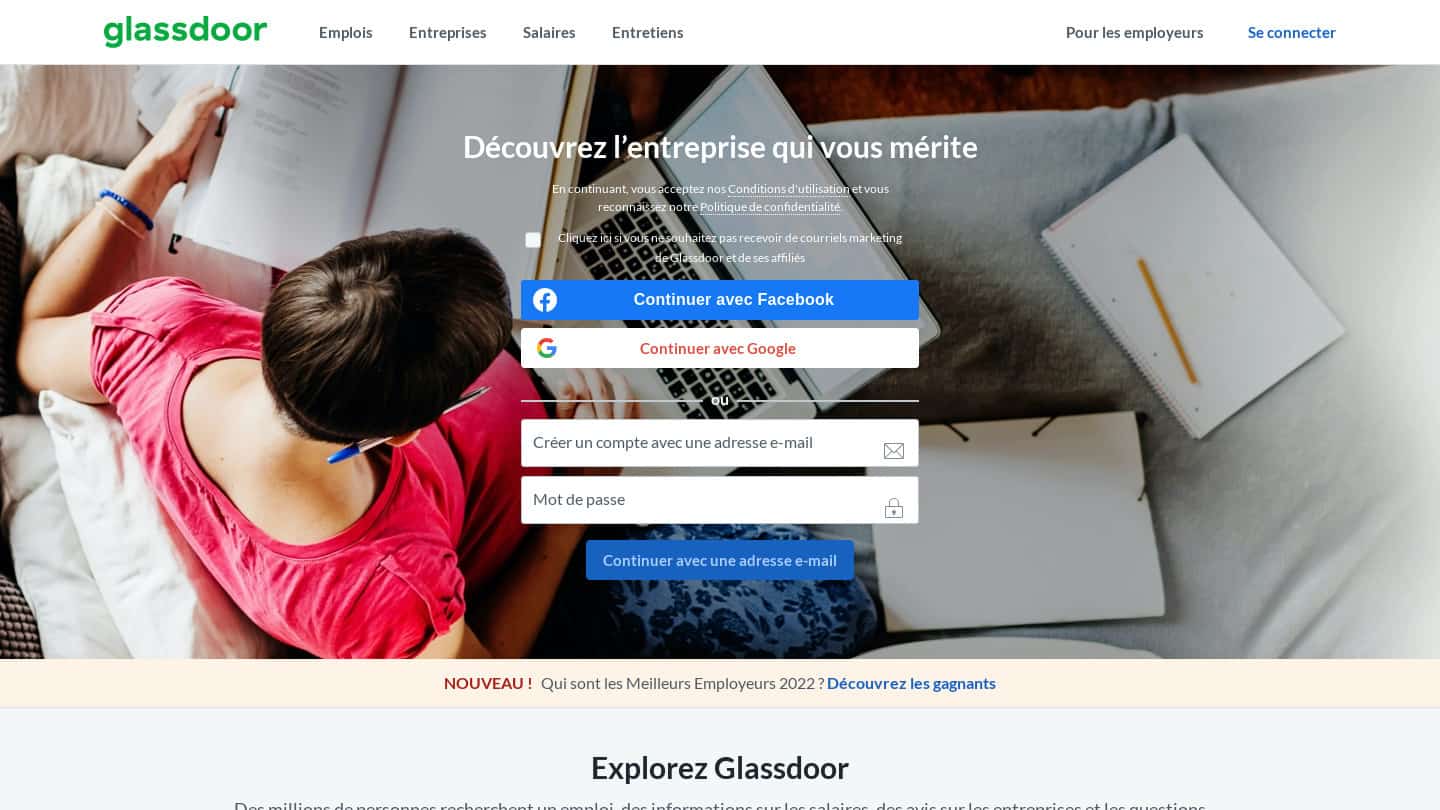
Glassdoor specializes in reviews of companies from employees, customers, and potential investors, giving insights into a company’s internal operations. So, it’s more qualitative than quantitative.
In practice, employees leave feedback on interviews, day-to-day work experiences, and other aspects of working at a company. The highest-rated companies are featured prominently on the platform.
Many employers use Glassdoor to enhance their brand image and attract top talent for future recruitment. It’s also a valuable tool for internal feedback, helping management teams identify areas for improvement.
Setting up an employer account is free, and monitoring or responding to reviews is straightforward. For example, you can opt to receive an email notification whenever a new review is posted, so you can read and respond quickly.
Here are some of the benefits of using Glassdoor:
- There are about 90 million reviews, salary reports, and other company information listed on the platform.
- More than 60 million people use Glassdoor every month.
- Reviews are left by employees who have firsthand experience working at the company.
- When a company responds to a review, the platform displays the employee’s name and job title, providing transparency.
Try GlassdoorExplore company reviews, salaries, and more.
10. All Google results for your brand
It’s becoming increasingly common to position yourself on a competitor’s brand name, either through paid ads or organic rankings.
For instance, a competitor like Waalaxy, a rival of Leadin, has managed to rank fourth in the organic search results for the query “Leadin reviews.”
In the case of Mailchimp, the first few results are positive, but soon you’ll encounter a Trustpilot profile that hasn’t been maintained for years, where unsatisfied customers vent their frustrations.
If your brand isn’t as well-known as Mailchimp, you can’t afford to ignore negative reviews that surface in search results.
One cost-effective solution is to commission a few blogs to write reviews of your product, such as Salesdorado, La Fabrique du Net, or Leptidigital. If they’re well-executed, these articles can rank higher than most review platforms, allowing you to control your brand’s image.
This approach is generally helpful, as bloggers tend to focus on a product’s advantages rather than solely highlighting its drawbacks. That said, most reputable bloggers value their editorial independence and won’t write anything overly promotional or misleading.
Go furtherTo learn more about managing your online reputation, check out:
- B2B lead generation guide
- Lead generation tools to boost your sales in 2021
- B2B data enrichment tools and best practices
- How to calculate and optimize your customer acquisition cost
How to make the most of customer reviews in B2B
Optimize your CTRs on Google Ads and generate more leads
+17% CTR.
That’s the boost customer reviews can give to your click-through rate (CTR) compared to ads without reviews.
But to take advantage of this, your average rating needs to be at least 3.5 stars. Without this, you risk losing those precious 17% while increasing your marginal acquisition cost.
This is why it’s crucial to connect your review platform to Google Ads.
However, be warned: bad reviews can tank your CTR. Google’s algorithm is all about selling clicks, so if your rating is low, the positive impact of showing customer reviews in your ads might disappear. In the worst case, Google could even stop displaying your ad altogether.
So, keep a close eye on your review metrics. It’s a key performance indicator that’s easy to overlook, but it has a direct impact on your lead generation.
Master your market positioning and convert more effectively
Managing your customer reviews allows you to control the narrative around your brand.
Potential customers will always check reviews before making a decision, so the goal is to make sure they only see what you want them to see.
Successful digital marketing is all about consistency. A solid conversion rate optimization (CRO) strategy ensures that your prospects are hearing and reading the same things about your company, reinforcing your brand message at every touchpoint.
In fact, HubSpot has formalized this concept—they call it the “surround sound effect.”
Going further
- Learn more about inbound marketing
- 7 content marketing examples that really work
Buying a presence to create momentum
According to Capterra, businesses with reviews receive an average of 22% more traffic and 79% more leads compared to those without.
This shows how crucial it is to gather as many reviews as possible, or risk negatively impacting your conversion rates.
This is also why paid platforms are more scalable. In the end, leveraging customer reviews is a real asset for your business and your brand image!
Going further
- Check out the B2B lead generation guide
- Lead generation tools comparison to boost your sales in 2021
- B2B data enrichment: tools and best practices
- How to calculate and optimize your customer acquisition cost
What makes a good B2B customer review platform
1. Google Ads certification
Always choose a platform that’s Google Ads certified.
While this might seem obvious, many businesses overlook it. Rather than spreading your efforts across multiple platforms, focus on one that’s certified for Google Ads.
To be eligible for rich snippets (the stars under your ad), Google has specific requirements:
- You need at least 100 verified reviews in the country where the ad is being displayed.
- The reviews must be less than 12 months old.
- Your average rating must be at least 3.5 stars.
The ideal setup is to gather 100 reviews per year, per country where you operate. This can be tricky because some platforms sort reviews by language, while others don’t categorize them at all.
For example, platforms like Shopify and the WordPress plugin directory do not sort reviews by language, and both are powerful lead generation tools.
The key is to focus on sending reviews from countries where you’re certain you can meet the 100-review threshold each year.
2. Traffic potential
Another crucial factor when selecting a review platform is understanding the potential risk it poses to your business.
Monitor what’s being said about your brand and your services. The core question is: if you Google “your business + reviews,” which platforms come up first?
If a major review platform consistently ranks at the top, make sure your profile is filled with positive reviews, and that your recent reviews reflect well on your business.
Whatever the potential benefits of optimizing your presence on a specific platform, if your profile is overshadowed by a negative result, it’s just a sunk cost.
Here’s how to approach this:
- At first, focus on the top three results that appear.
- Once you’ve cleaned up your online reputation there, expand to the entire first page of search results.
- No need to worry about the second page—nobody ever goes there.
Salesdorado’s advicePerform methodical, regular monitoring of your online presence. If you work with an SEO agency, ask them to help. They often have tools that can automate this process.
3. Quantity and quality of customer reviews
Leaving a review on platforms like Trustpilot takes just a couple of minutes. So, it’s a good idea to direct your less engaged customers to leave reviews there.
On more demanding platforms like Capterra or G2, the process is much longer. Customers have to create an account, verify their email or phone number, and go through a more complex validation process.
If you send all your customers to these tougher platforms, your conversion rate for reviews will be low.
The key, as always, is segmentation.
Don’t direct every satisfied customer to Capterra. If you do, you’ll end up with very few reviews on that platform and miss out on many positive reviews on easier platforms like Shopify, WordPress, or review platforms certified by Google Ads.
It’s all about finding the right balance between effort and impact.
For every G2 review you get, you could have collected multiple reviews on Trustpilot. And when it comes to potential customers, the sheer number of reviews counts for a lot. It serves as social proof and can greatly influence buying decisions.
Ideally, you want to distribute your reviews wisely—send less engaged customers to platforms where it’s quick and easy to leave a review, and reserve more complex platforms for customers who are willing to put in the extra effort.

